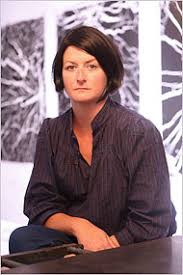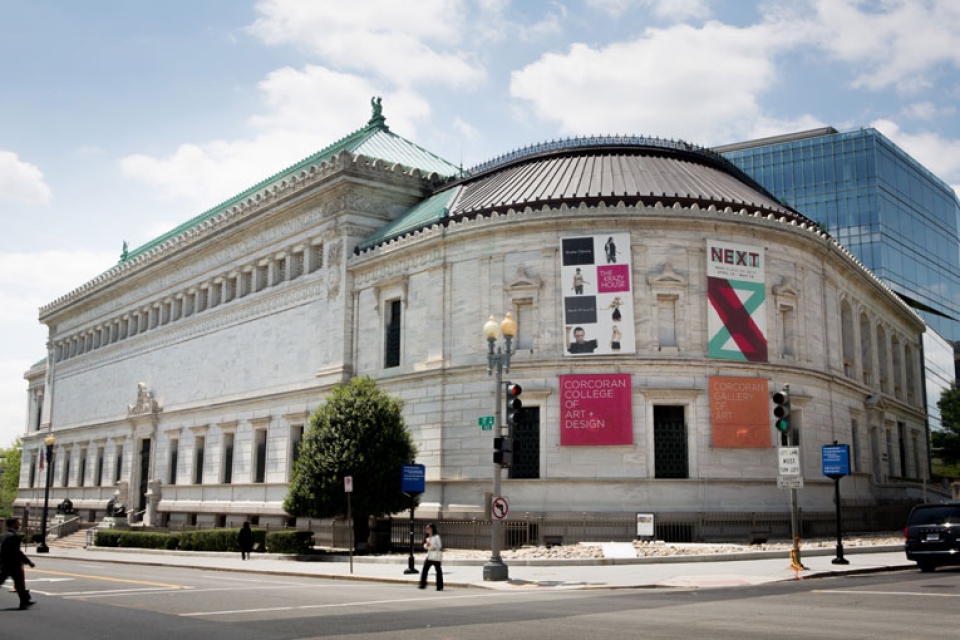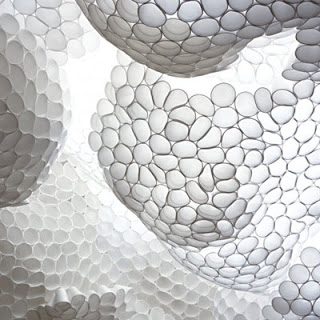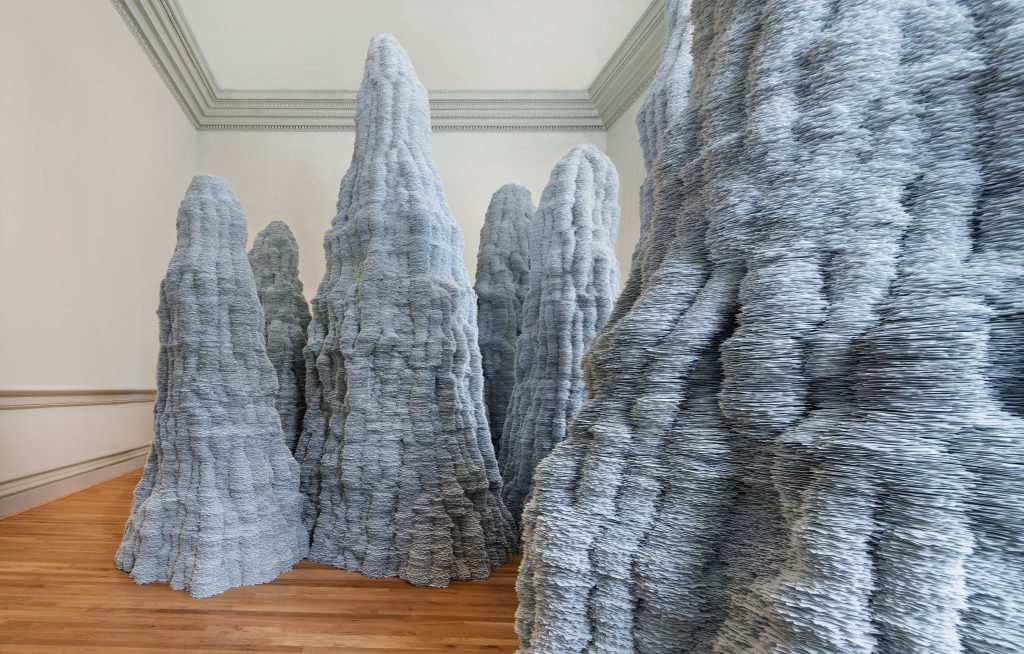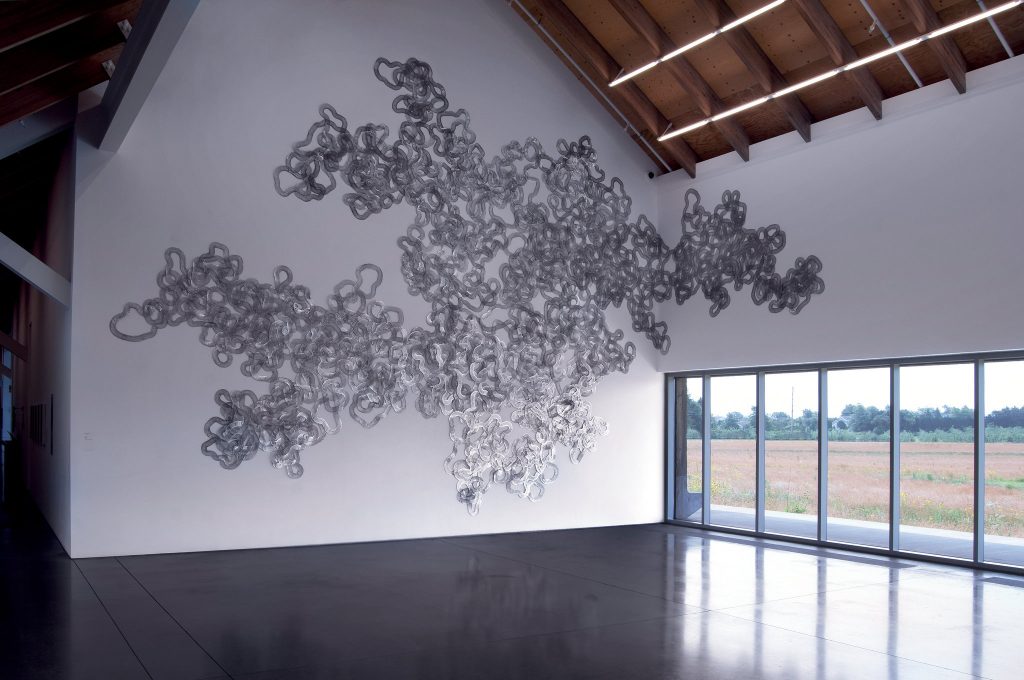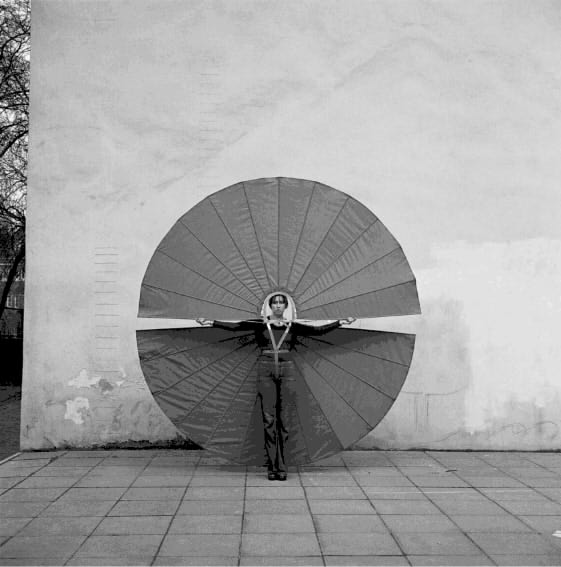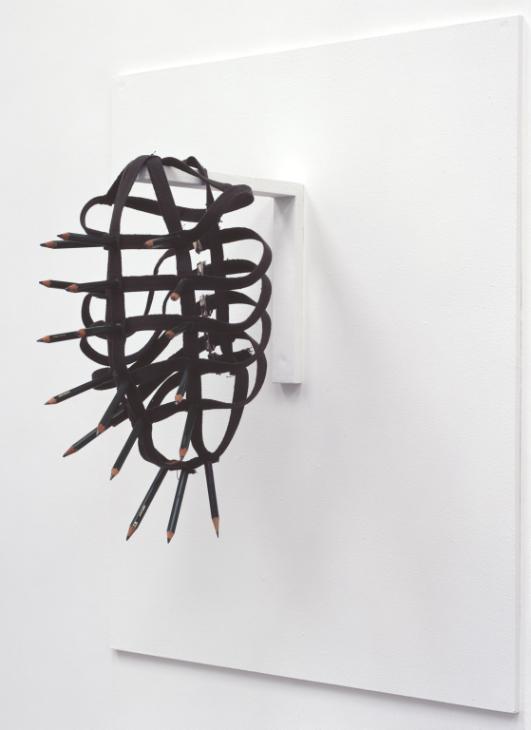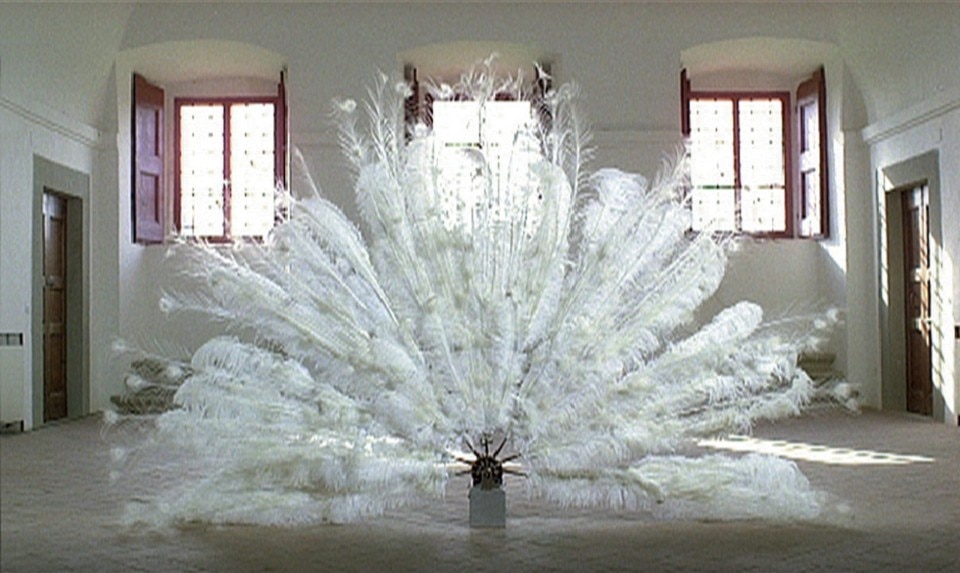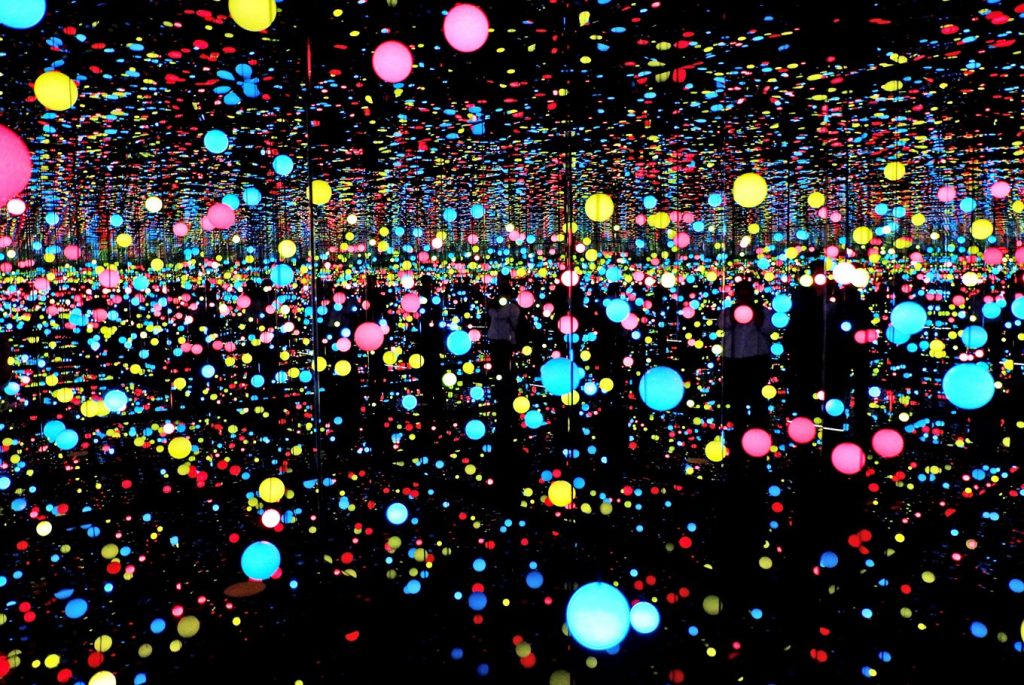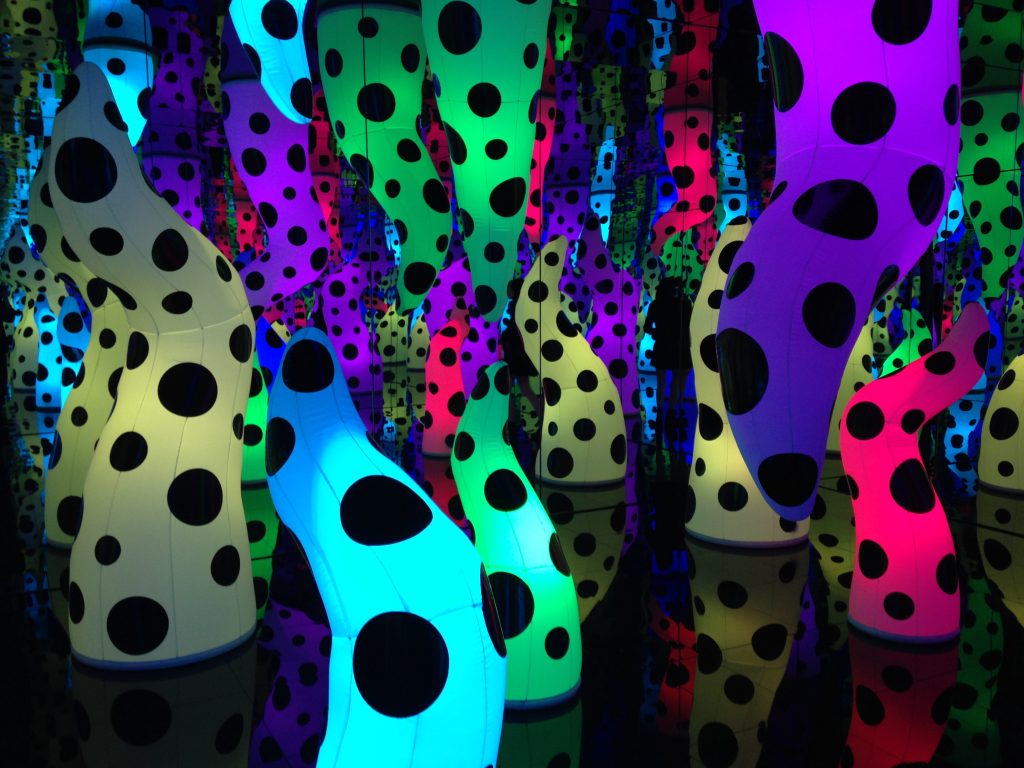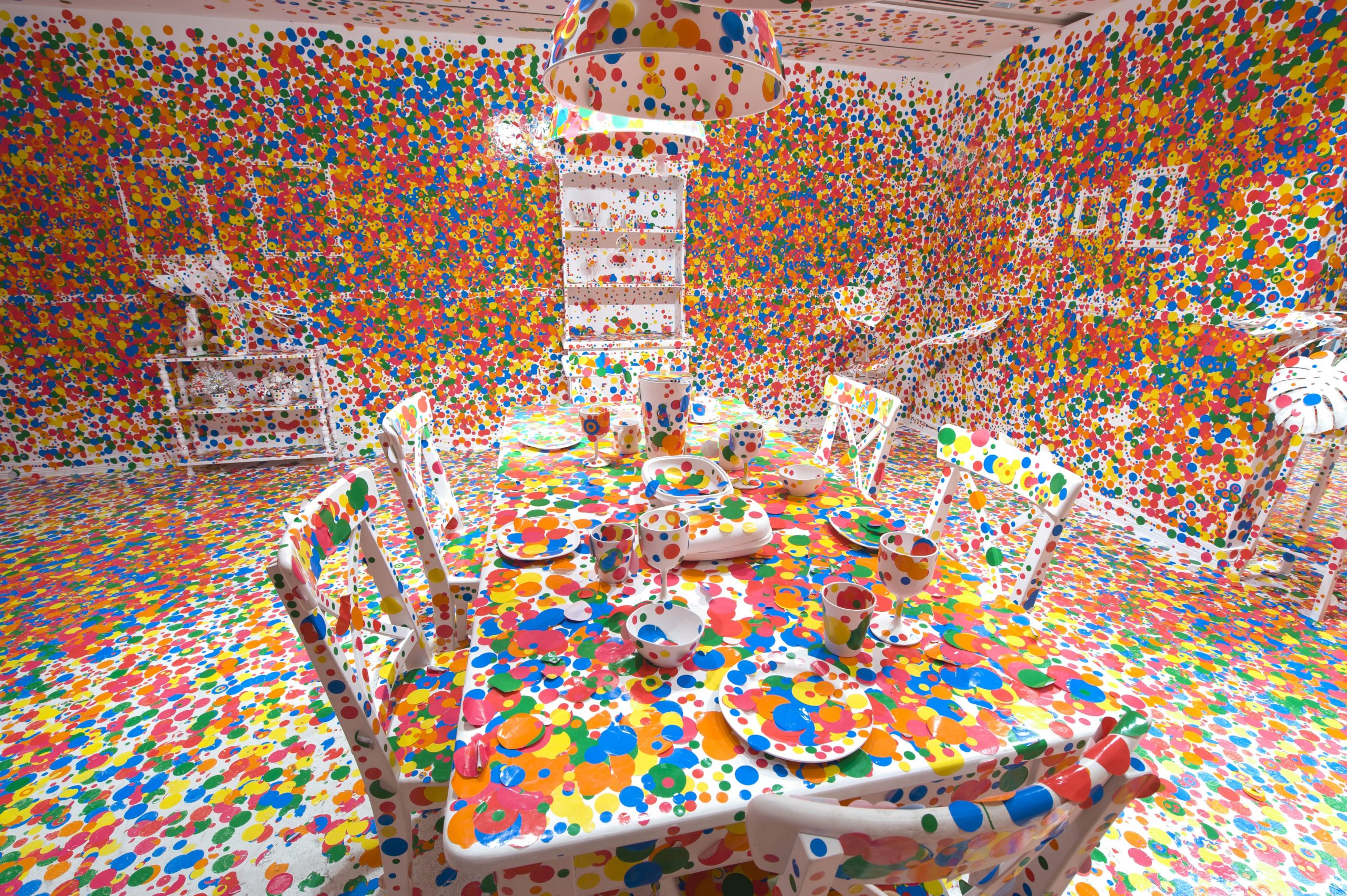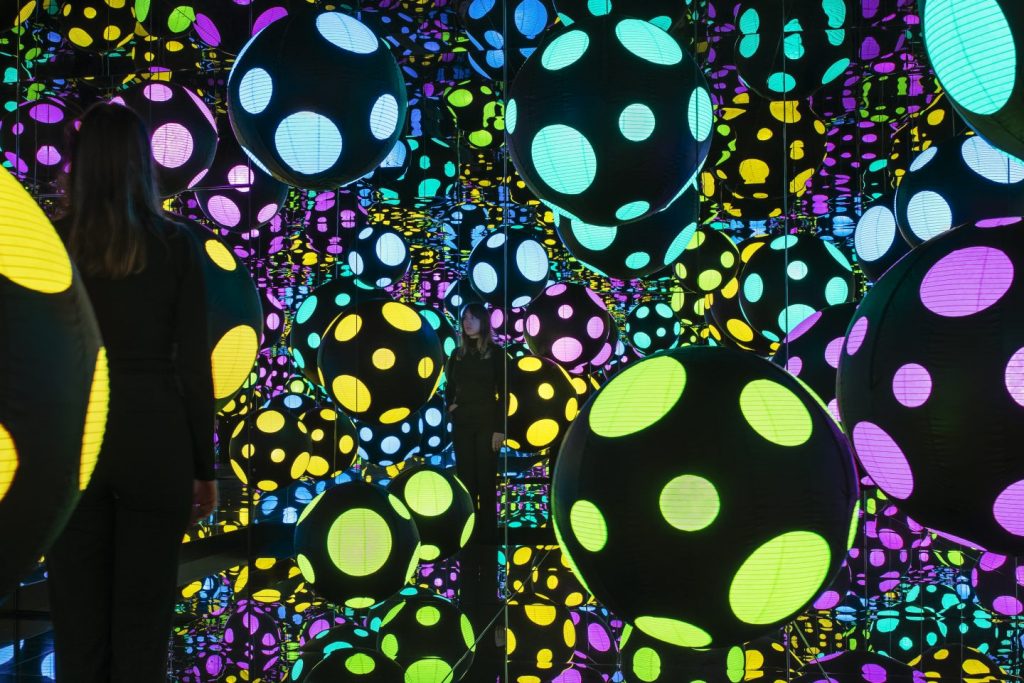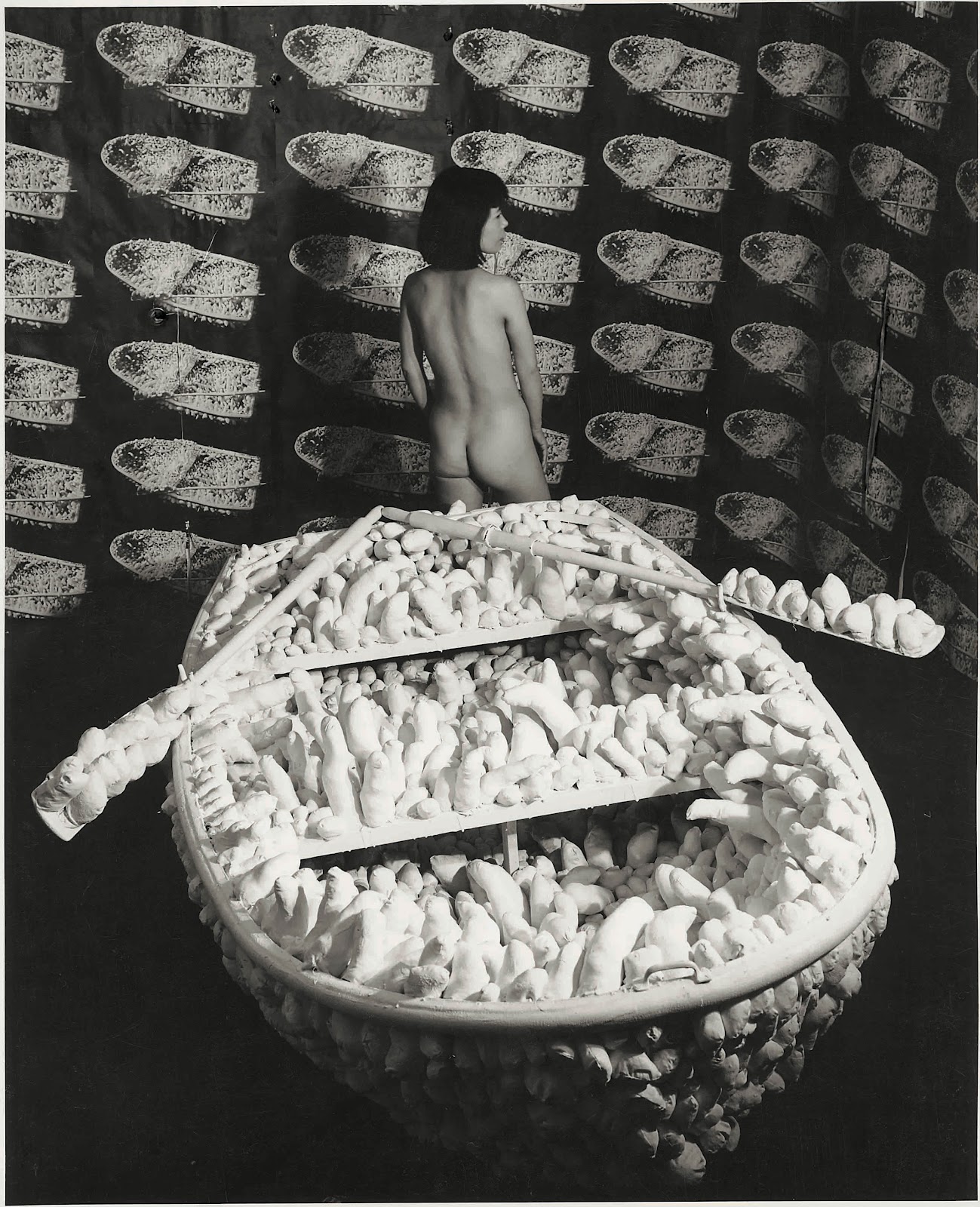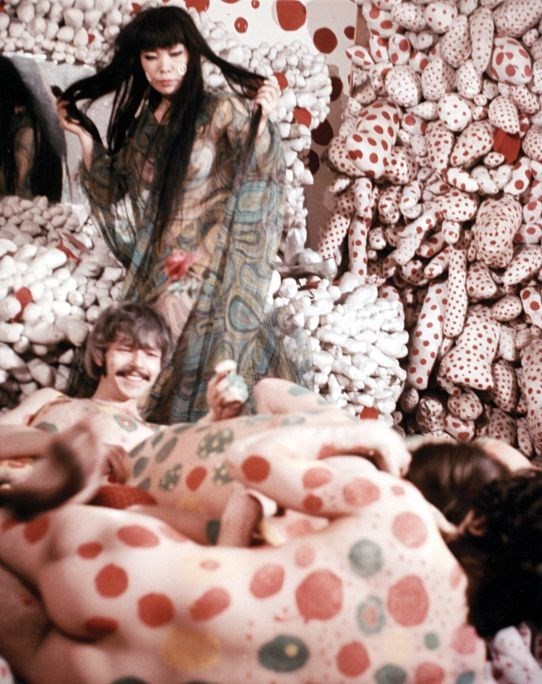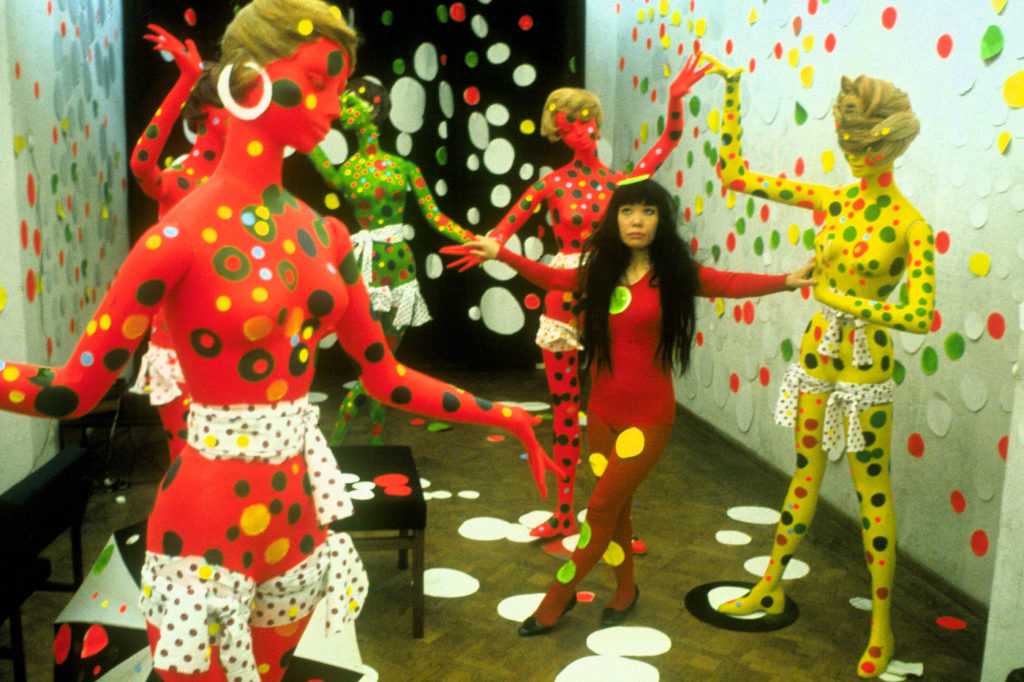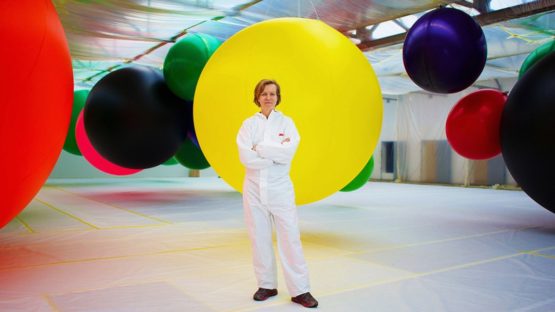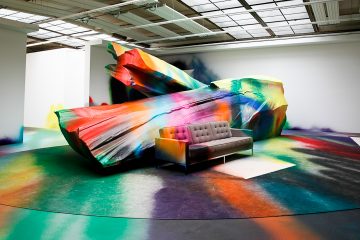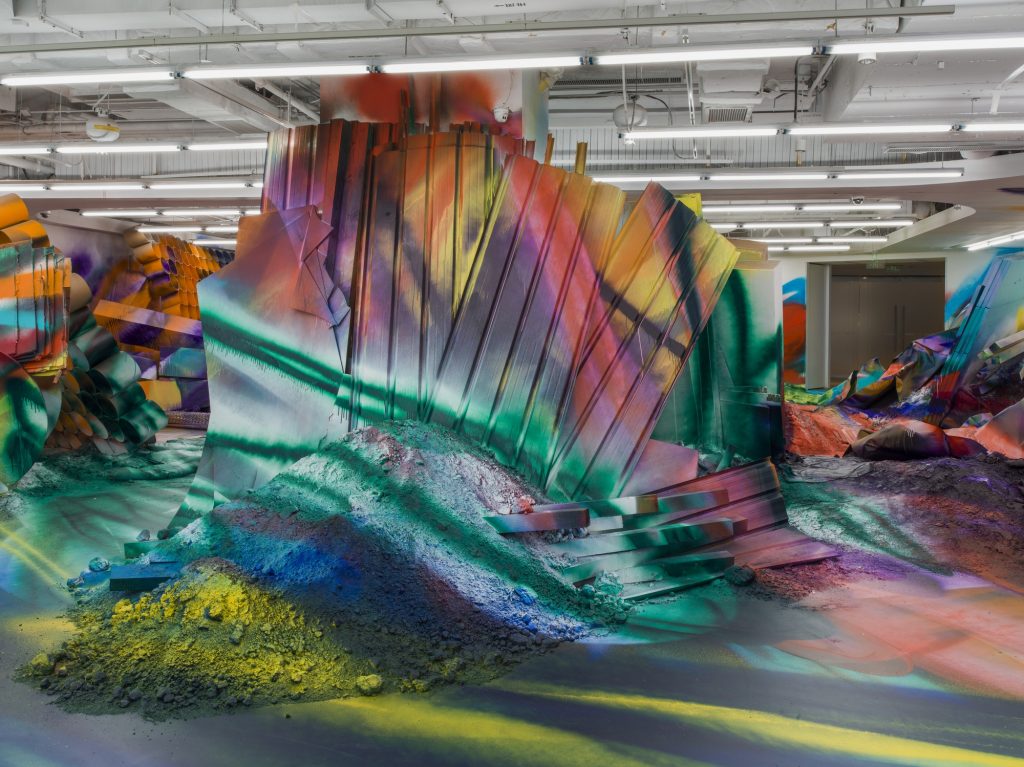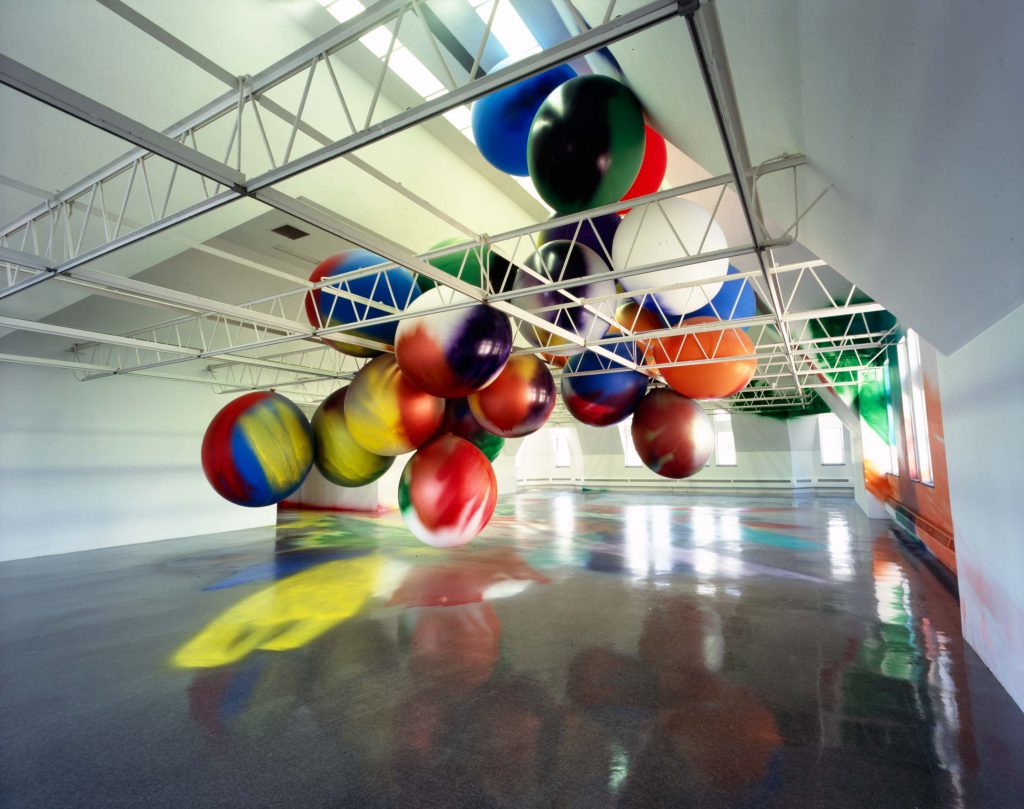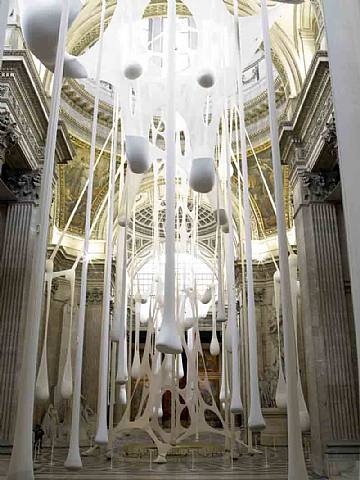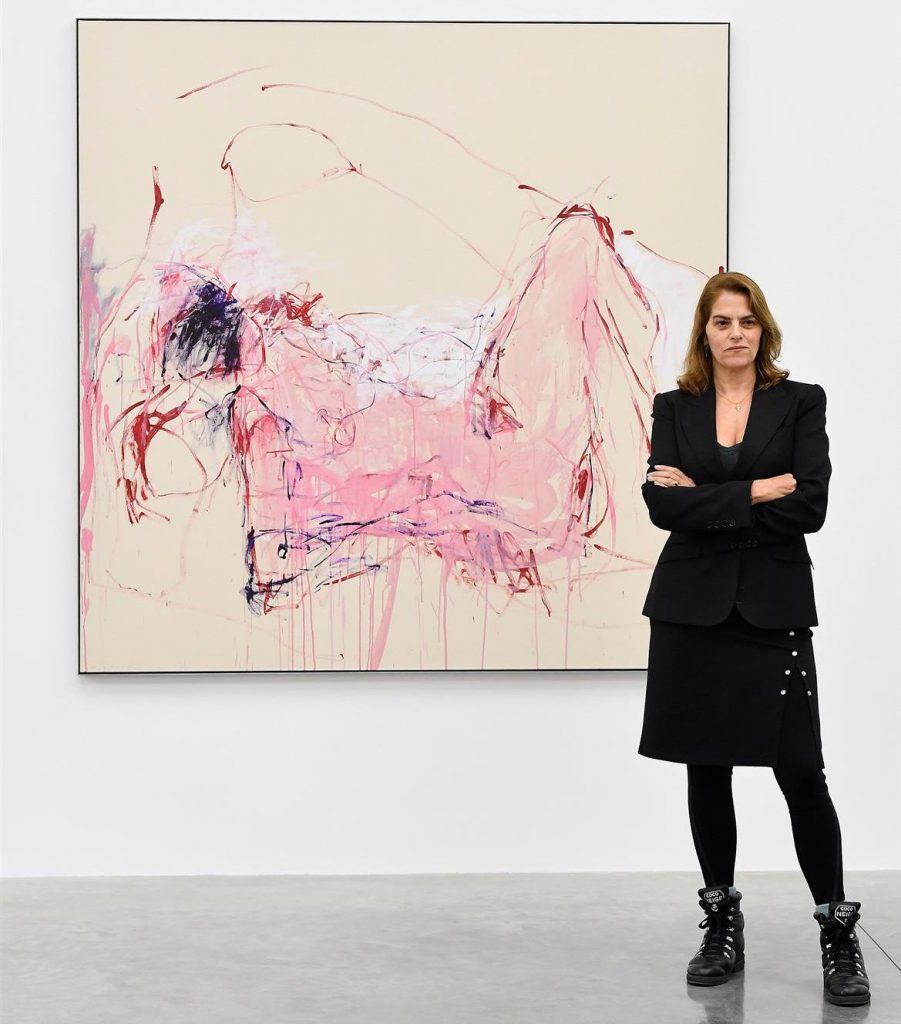
Tracey Emin is a British artist born July 3, 1963, in Croydon, United Kingdom. Her own life and emotions are the subject of her multimedia works, including installation, photography, drawing, video, painting, sculpture, neon text, and even needlework. Her work is often provocative and personal because it represents her experiences. She studied printing at Maidstone College of Art in 1986. In 1989, she earned her masters in painting at the Royal College of Art in London, where she is now a Professor of Drawing. She is one of two female professors the College has employed since opening in 1768. After earning her masters, Emin went through an emotional time where she had two abortions and destroyed all the work she had made at the Royal College. Emin is a member of the Young British Artists who exhibited together in London in the ’80s-90s and is known for their autobiographical installations.
In 1999, Emin was nominated for a Turner Prize and although she did not win she received a lot of attention for her work My Bed (1998). It was a perfect example of her intimate work, an installation of the artist’s bed covered with cigarettes, bottles, condoms, and stains representing days spent depressed in bed. Another example of her very personal work is Everyone I Have Ever Slept With (1963-95), a small tent installation appliqued with a list of 102 names of people the artist had sex with or literally slept next to in her life, notably including her brother, grandmother and two aborted babies. Emin named Edvard Munch and Egon Schiele as her inspirations. She represents a self-confessing form of expressionism and has inspired women and artists around the world to be honest.
“There should be something revelatory about art. It should be totally creative and open doors for new thoughts and experiences.” -Tracey Emin
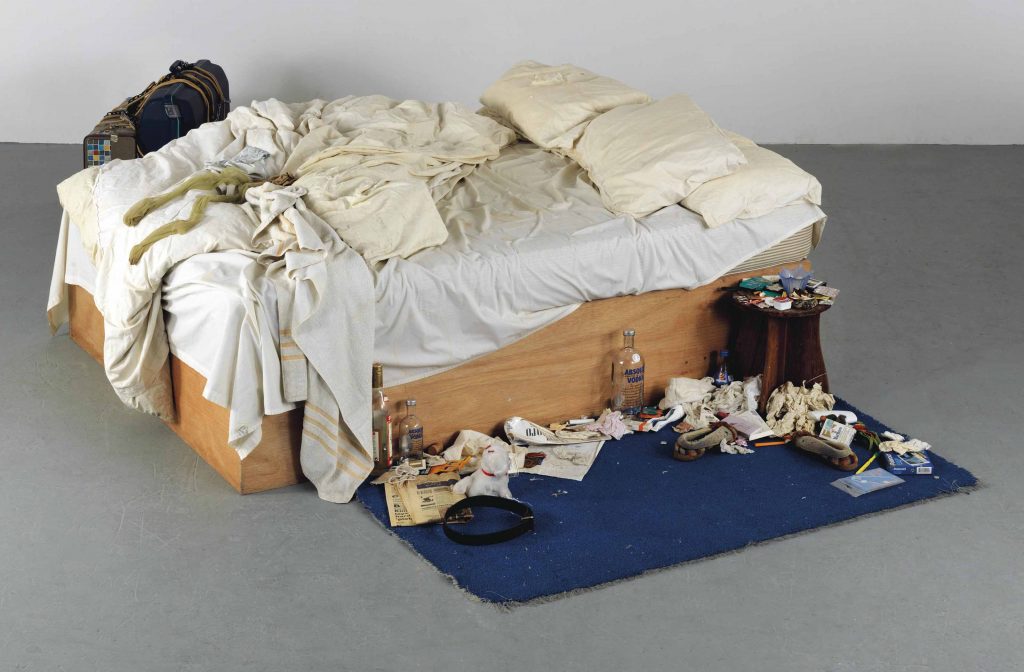
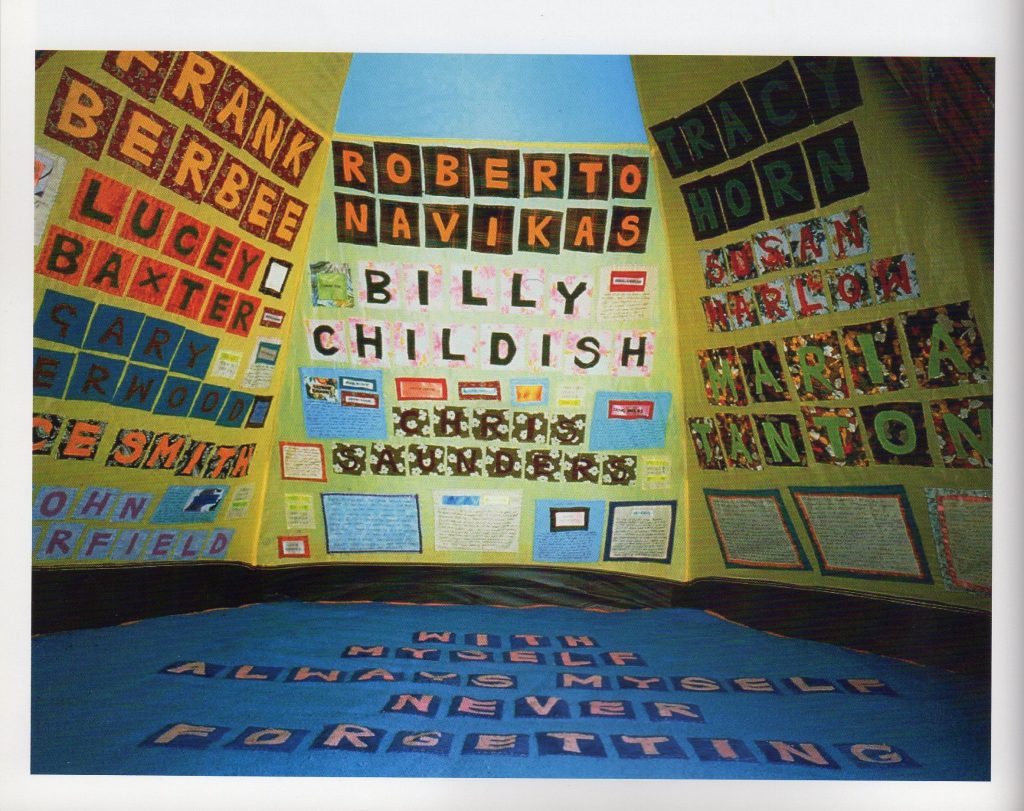
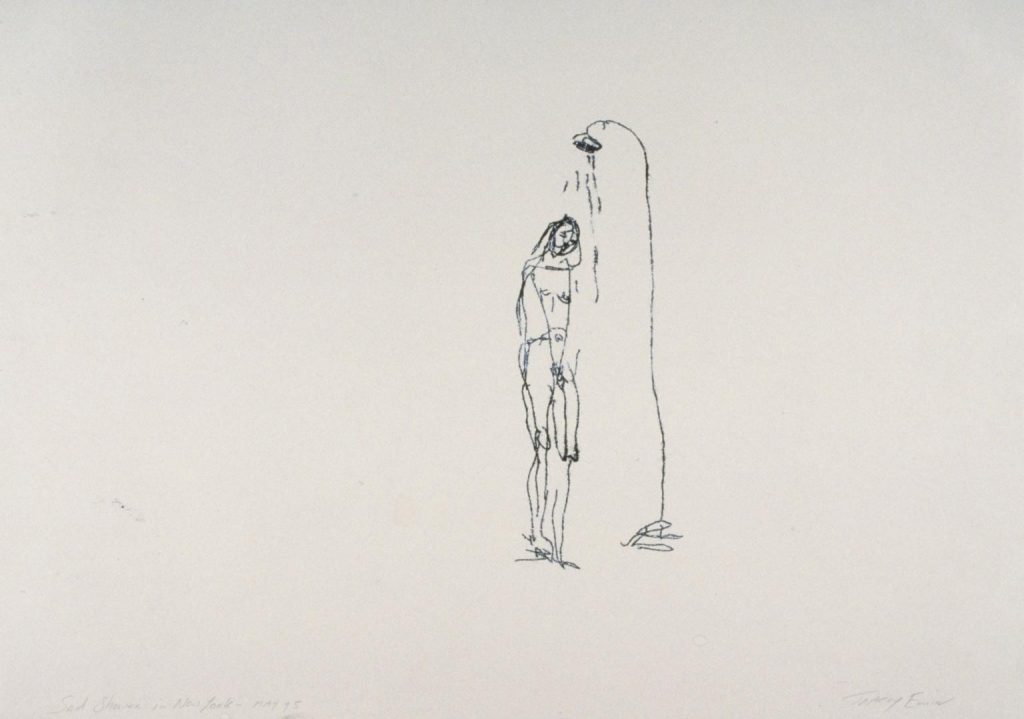

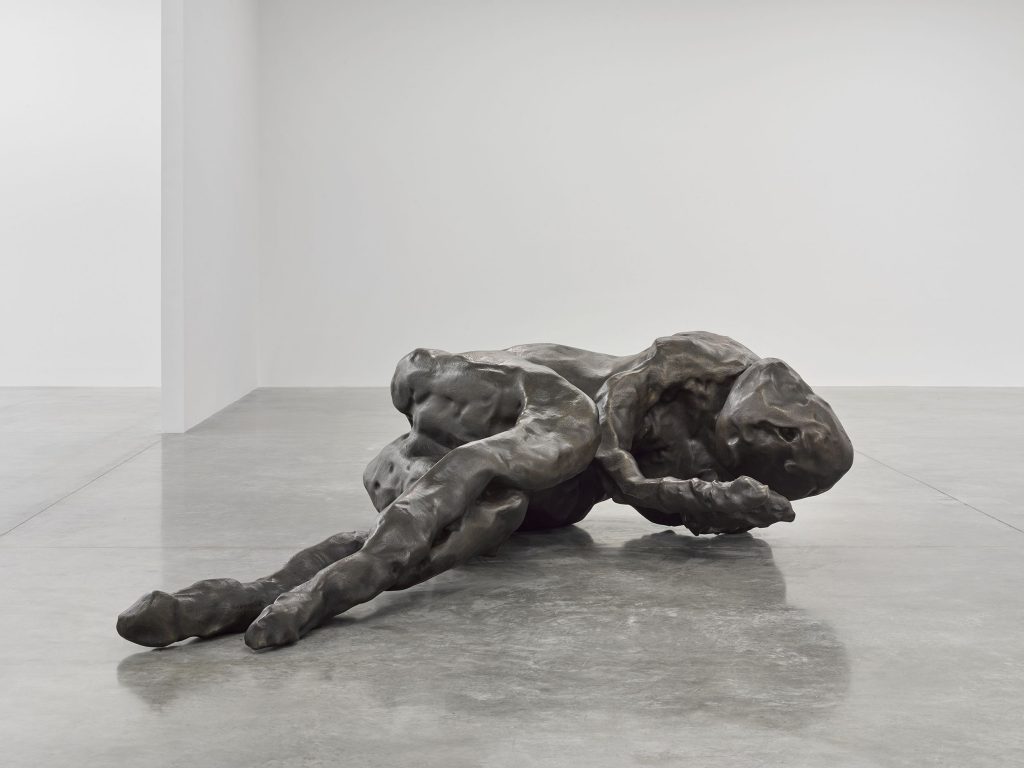
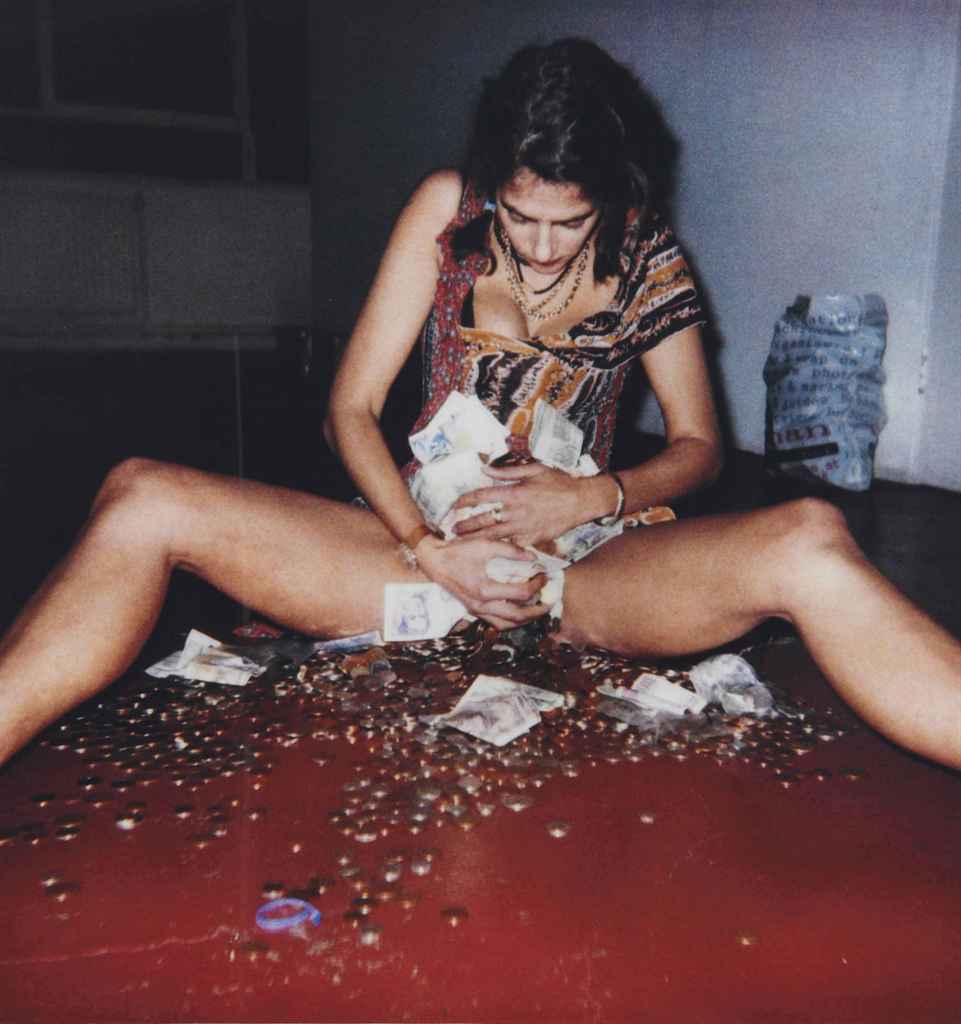
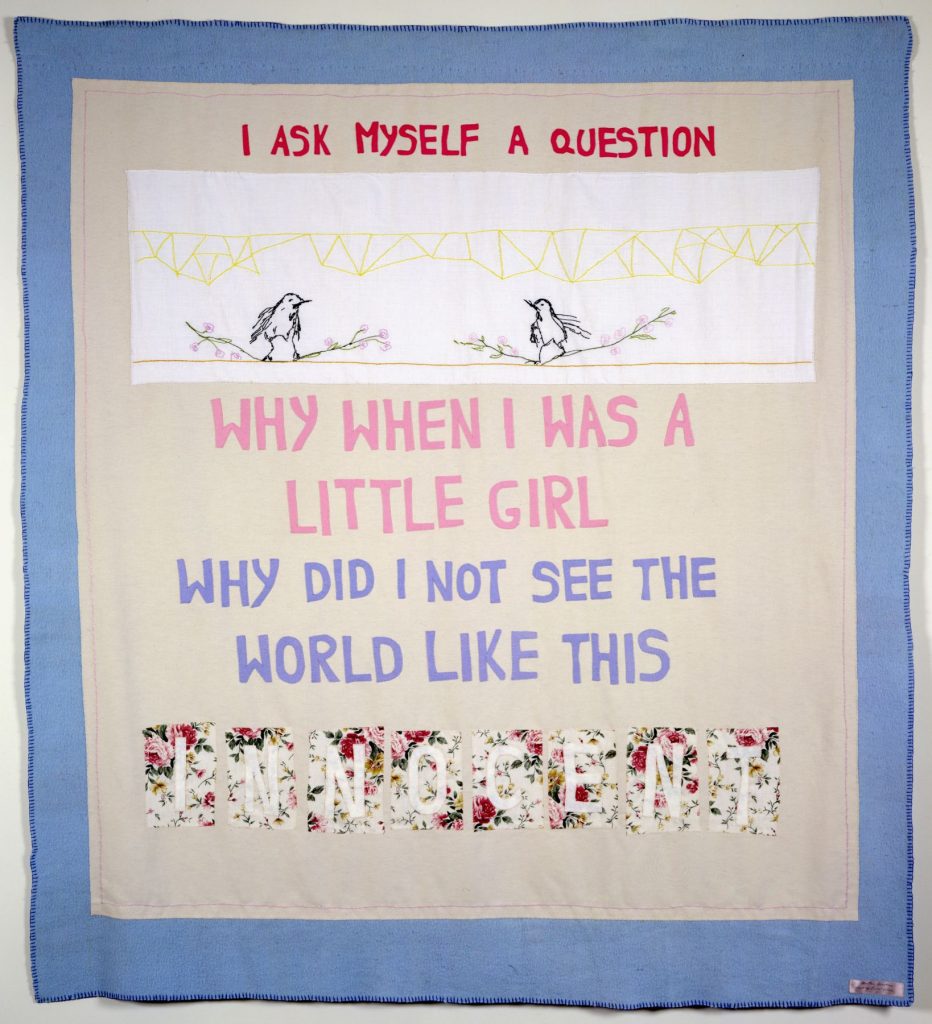
Works Cited:
https://www.artsy.net/artist/tracey-emin
https://www.juxtapoz.com/news/tracey-emin-my-bed-1998-tate-britain/
http://www.artnet.com/artists/tracey-emin/
